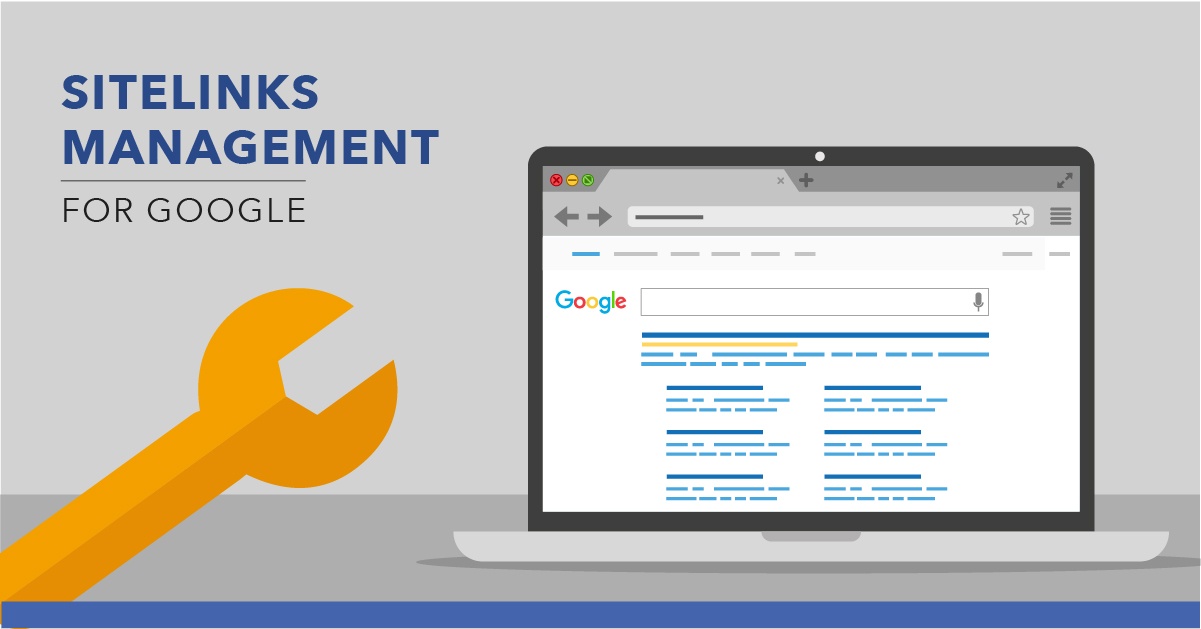The SEO industry is buzzing about the mobile-first index. Google announced the roll-out last year, but we may still have to wait until 2018 before it fully takes effect. The changes currently in effect are still considered exploratory, which gives us the chance to prepare. That’s really important because once the transformation is complete, the impact will be vast.
Naturally, many of us are determined to get ahead of the impending changes. Today, we’re discussing what mobile-first search index is, how to refocus your efforts, and ultimately, how to move to a responsive layout.
Mobile-First Indexing: What Is It?
Google collects information on every web page in a massive catalog, known as an index, which it then uses to formulate and display search results for various queries. Up until recently, Google primarily viewed web pages through the eyes of a desktop user, treating mobile pages as important, but secondary to those desktop pages. Now, with the mobile-first index, Google is going to treat the mobile versions of each page as the primary page to index, with the desktop versions being secondary.
Recommended Reading: Mobile SEO: Best Practices & Optimization Tips
The Recommendation? Make Your Index Mobile-Focused.
There’s good news for those whose content and markup are consistent on both mobile and desktop: minor changes, if any, will be necessary.
But if your mobile site varies from your desktop, certain changes are in order. The following is a list of areas that require attention before mobile-first indexing becomes the norm:
- Add markup and keep it relevant. First things first, copy your structured markup from the desktop over to mobile. When adding structured markup to mobile, do not overload it with a huge amount of irrelevant markup.
- Use the Robots.txt tool. It’s vital to ensure that the Google bot can access your mobile site. Use the Robots.txt tool to verify.
- Google Search Console. If you haven’t already done so, you need to verify ownership of your mobile site with Search Console so you can track your performance.
- Leave existing canonical links alone. Do not make any changes to canonical links. When you have a separate mobile website, Google recommends adding annotations for desktop and mobile URLs.
To help the search engines algorithms understand separate mobile URLs, Google recommends using the following annotations:
On the desktop page, add a special link rel=”alternate” tag pointing to the corresponding mobile URL. This helps Googlebot discover the location of your site’s mobile pages.
- Content. Move over your content to the mobile site. Google has said that it will look at the mobile version of your site. If that has less content on page A than the desktop version of page A, then Google will probably just see the mobile version with less content.
- Expandable content. With the desktop sites, Google doesn’t recommend hiding the content within the tab, accordions, and expandable boxes.Since expandable content is often necessary for mobile sites, Google’s Gary Illyes claims that if it makes sense, it will factor into the results once mobile-first is the norm.
Moving to a Responsive Layout: A Long-Term Solution
One of Google’s most practical recommendations for getting the most out of the new mobile-first indexing is to switch to a responsive design. In fact, they’ve stated that it’s best to do so before the switch to mobile-first is complete, and many of us are heeding this advice. While there may be nothing inherently wrong with maintaining a different mobile site, it does add to your list of things to maintain exponentially. And along the way, there are more opportunities for things to go wrong.
Moving Separate URLs to a Responsive Site: Things to Consider
We all want our sites to perform optimally on search results. That’s why having the foresight to transition to responsive web design is so valuable. Still, it’s natural to have questions about transitioning from separate URLs to a single responsive one.
- Get your responsive site ready. As a best practice, we will suggest that you review Google's guideline for a responsive website.
- Configure 301 redirects from m. URLs to point to the responsive version. These redirects need to be done on a per-URL basis, individually from each mobile URLs to the responsive URLs.
- Remove any mobile-URL specific configuration your site might have, such as conditional redirects or a vary HTTP header.
- As a best practice, add a self-canonical tag on the responsive URL. If you already have a canonical tag set up to avoid any duplication, keep those as it is.
In Closing
Making the move to a responsive layout is really your best bet for reducing hiccups and headaches. It also bodes well for your future, as Google has mentioned that it will ramp up your ability to adopt other best practices and technologies.





